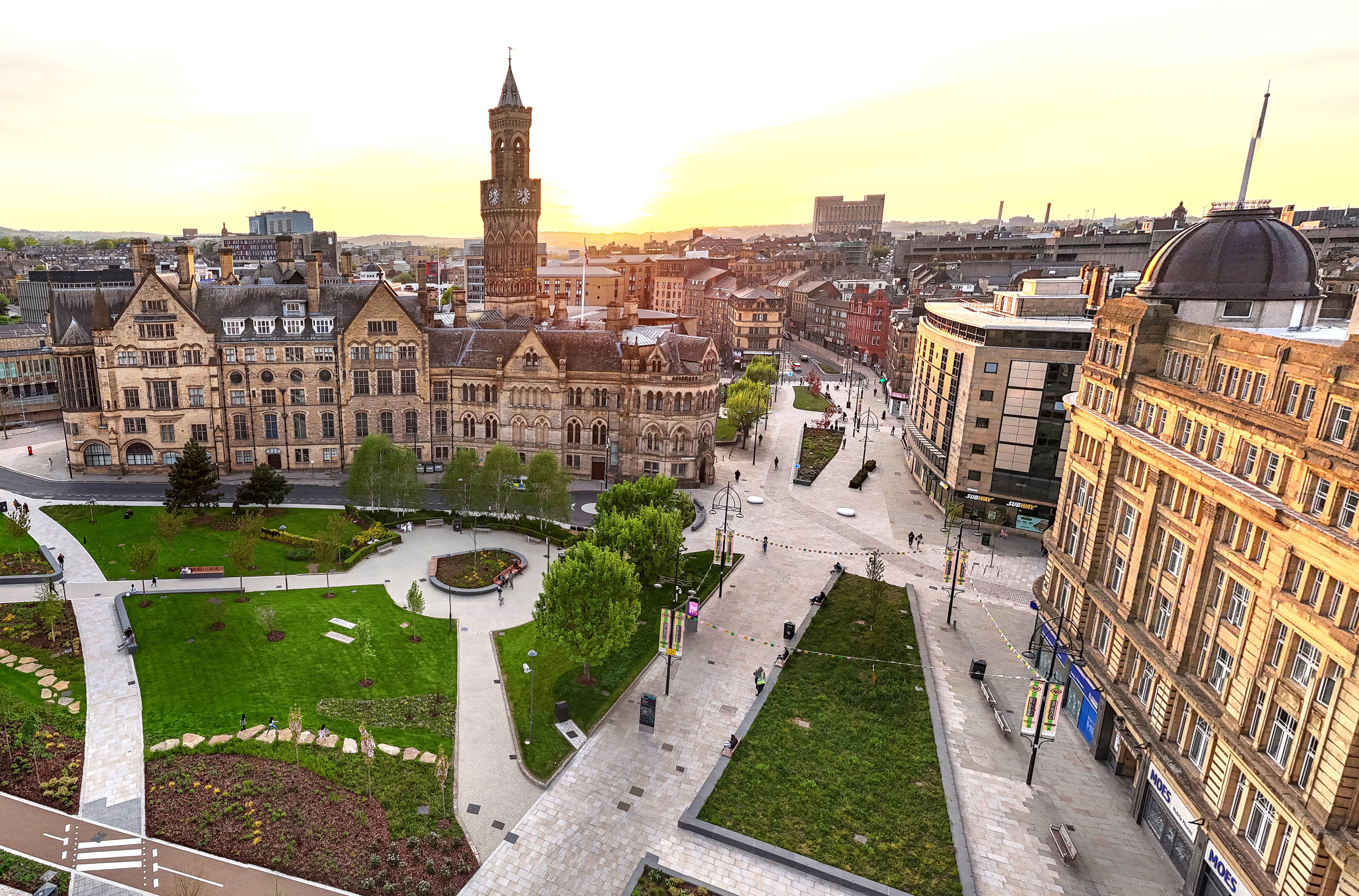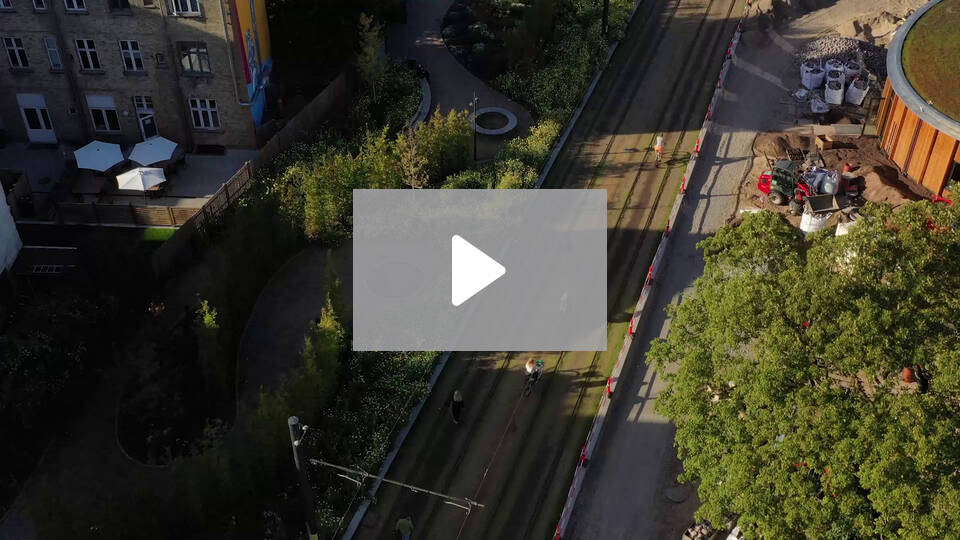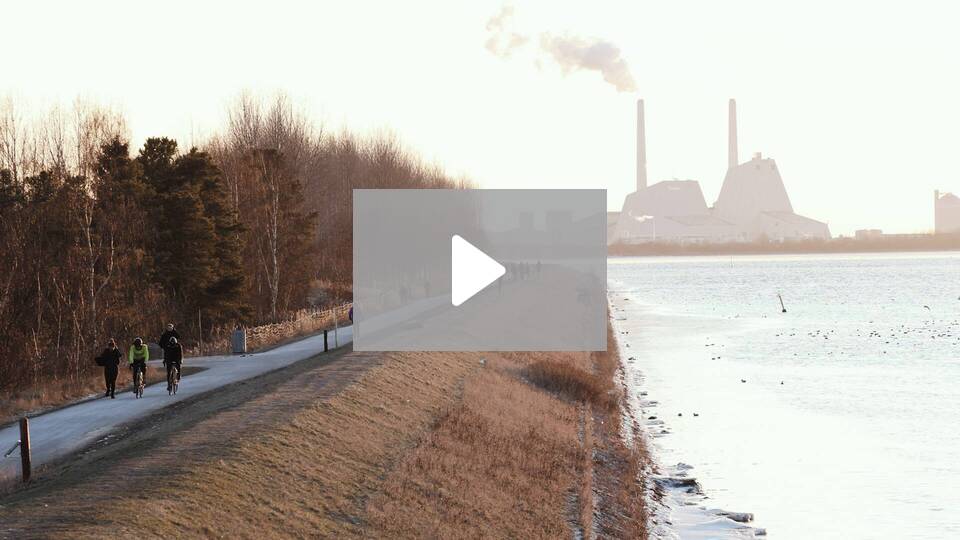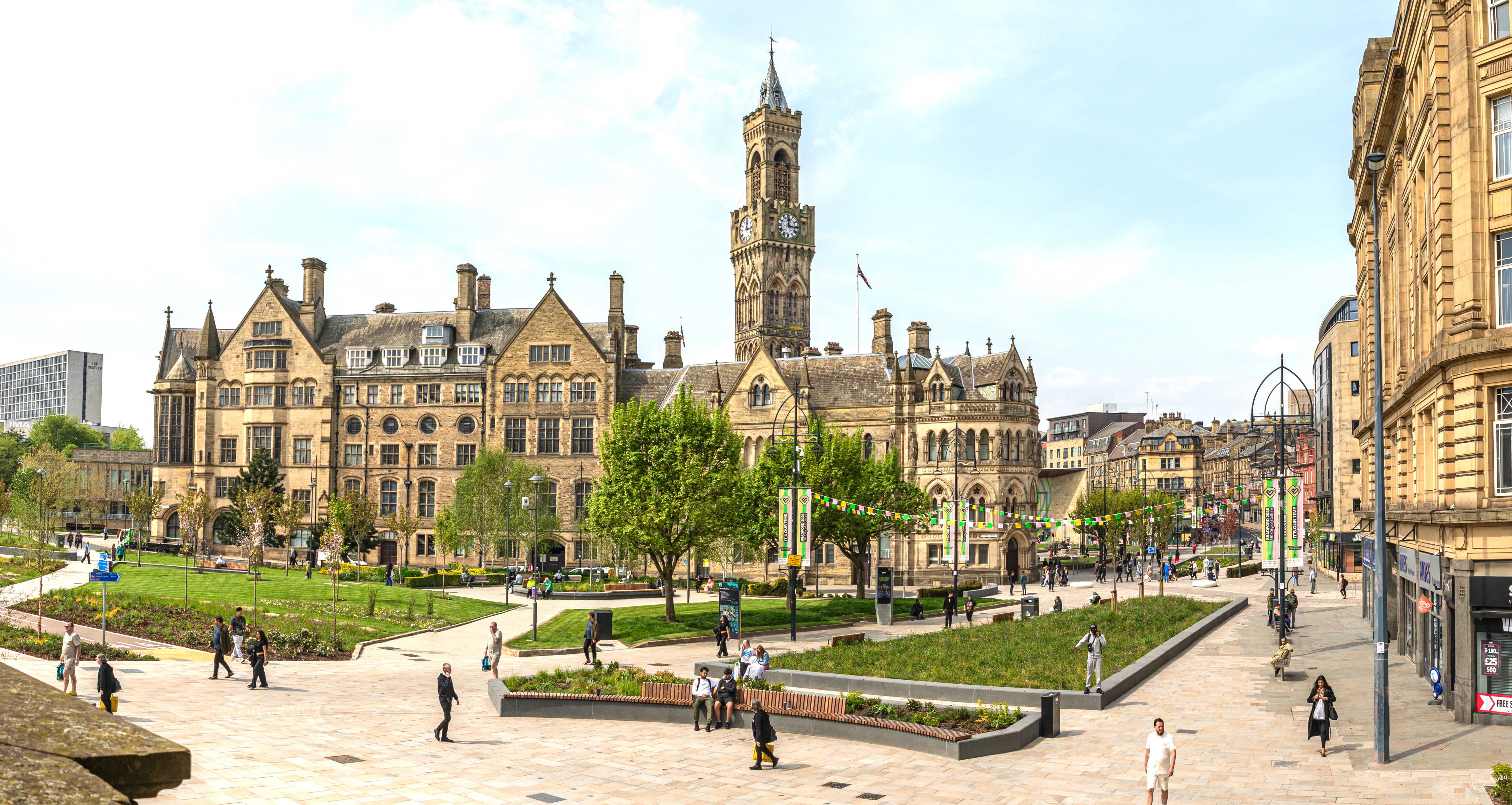Inclusive and integrated placemaking: How can we bring stakeholders and industry partners on the journey?
Creating people-led places is a fundamental goal in urban planning and development – but successful delivery in itself requires an inclusive and integrated approach that brings together stakeholders and industry partners.
This article – summarising insights from our fascinating Sweco-hosted Roundtable at Interchange 2025 – explores strategies to effectively bring stakeholders and industry partners on this transformative journey, addressing common barriers and highlighting opportunities and solutions for better collaboration.

The Barriers
- Lack of clear vision: Without a shared, outcome-based vision, stakeholders may struggle to understand the objectives and desired results of the engagement process. This can lead to confusion and misalignment in goals.
- Siloed working: Fragmentation within organisations and among stakeholders can hinder collaboration and communication. This siloed approach may prevent holistic understanding and engagement, leading to missed opportunities for co-design.
- Diverse stakeholder needs: Engaging with various communities requires understanding their unique needs, behaviours, and preferences. Failure to tailor engagement strategies may result in some voices being unheard or misrepresented.
- Insufficient early engagement: Engaging stakeholders too late in the process can lead to a lack of ownership and buy-in.
Limited understanding of processes: Stakeholders may not have a clear understanding of the engagement and planning processes, which can lead to frustration and disengagement. Providing clarity and education about the process is vital. - Resource constraints: Local authorities and other organisations may face budgetary and time constraints that limit their ability to engage comprehensively with stakeholders. This can hinder data collection and evidence-based decision-making.
- Data and evidence gaps: The absence of a sufficient evidence base and the difficulty in capturing social and environmental benefits can impede informed decision-making.
- Overpromising and under-delivering: Setting unrealistic expectations can lead to mistrust among stakeholders. It is essential to manage expectations and communicate transparently about potential challenges and limitations.
- Procurement challenges: Rigid procurement processes can limit flexibility and innovation. Finding ways to engage suppliers early and collaboratively can help align objectives and foster innovative solutions.

The Opportunities
- Clear vision and strategy: A clear, shared outcome-based vision that resonates with all stakeholders should be established early on. The strategy will need to have a suitable level of flexibility to ensure that it can be adapted based on feedback and changing circumstances that emerge during the engagement process. It is important to reiterate the vision throughout the process to help refocus efforts, particularly when challenges arise.
- Early engagement: Engaging with stakeholders as early as possible will ensure that their perspectives are captured to shape projects from the outset building trust, collaboration, and fostering a sense of shared responsibility. The ‘Double Diamond’[1] process is a useful framework for helping shape engagement – the ‘discover’ phase emphasises understanding of the problem via the comprehensive collection of data and engagement, particularly at an early stage.
- Collaboration and co-design: In contrast to siloed working, co-designing fosters a sense of ownership and commitment for stakeholders and ensures that their insights and needs are central to shaping the project. An outcome focused approach to scheme development also helps remove operational siloes by channeling the efforts of different organisations or departments towards a mutually agreeable outcome.
- Communication and transparency: Trust should be built through transparency and maintaining open lines of communication with stakeholders, recognising the ripple effect of decisions on the broader system. Honest discussions about potential disbenefits and negative impacts should be had when initially discovered, and not brushed under the carpet.
- Evaluation and feedback: The importance of feedback loops and iterative processes in developing successful projects should be recognised. Continuous stakeholder involvement and refinement of the project will be encouraged by the implementation of ongoing evaluation and feedback mechanisms to assess the impact of the project and gather insight for further improvements.
- Holistic approaches: Advocating for a whole systems approach that considers multiple factors beyond single issues, will help ensure that all aspects of a project are given sufficient attention. This reduces the likelihood of large projects being delivered on a task basis where the impact on other parts of the project, or other stakeholders, is not fully considered. Engaging different departments within councils and facilitating secondments and cross-disciplinary collaboration would enhance the appreciation of complex issues for a comprehensive understanding of projects.
- Case studies and evidence: There is a need for an evidence base of data and case-study and good practice experience. This would facilitate enhanced confidence in proposed interventions as a repository of successful real-world applications and lessons learnt would be available to demonstrate the impact of projects and support decision-making.
[1] https://www.designcouncil.org.uk/our-resources/the-double-diamond/
Examples and Case Studies
Sweco is involved in the delivery of projects to create people-oriented, inclusive and integrated spaces in the UK and across Europe. In doing so, we actively draw on our international network of mobility planners, urban designers, engineers and behavioural experts to ensure that each solution is grounded in the latest evidence and best practice.
Bradford City Centre
The City of Bradford Metropolitan District Council’s ambitious city centre improvement scheme – a flagship programme within the Leeds City Region Transforming Cities Fund (TCF) investment – is reshaping and reinvigorating the city centre area.
Through the scheme, the city centre has undergone a major transformation to enhance pedestrian access, public transport, and cycling routes. Large sections of the city centre, including major roads like Hall Ings, have been pedestrianised, creating a more enjoyable environment for visitors while still allowing for limited vehicle access for deliveries.
Additionally, new cycle routes are being developed to make travel on foot and by bike safer and more convenient. The introduction of new planting and landscaping has further enhanced the city centre, making it a more pleasant place to spend time.

The basis of the project was a clear vision and strategy that Bradford City Council had for transforming the city centre. This underpinning vision provided a focus for when challenges were encountered in the development of the scheme. Translating this vision to stakeholders and partners was fundamental in bringing them along in a collaborative way, identifying mutually beneficial outcomes.
A key aspect of this was early and continuous engagement with stakeholders to ensure their input was gained at relevant times and challenges and constraints were identified as soon as possible.
The outcome is a city centre that is truly people-oriented, with spaces that were previously dominated by motor vehicle traffic now reimagined as spaces for people to walk, cycle, and spend time. The project has helped reinforce the sense of place in Bradford city centre, integrating with previous schemes to help create a vibrant place for people to visit and to support wider growth and investment.
Explore Bradford City Centre Regeneration
Thomas B. Thriges Gade, Odense, Denmark
For more than half a century, the four-lane road Thomas B. Thriges Gade functioned as a car-dominated corridor, cutting through the historical centre of Odense and carrying more than 25,000 vehicles each day. This intense traffic created a hard physical barrier that disrupted urban life and limited development in the heart of the city. In response, the Municipality of Odense and the philanthropic association Realdania initiated a project with a clear vision and strategy to reconnect the city through sustainable urban transformation.
Sweco engaged more than 300 specialists, from transport engineers and environmental experts to landscape architects and urban planners, to support the project and reimagine this key area of the city tying the city back together.
The transformation has significantly reduced traffic, improved mobility, and promoted alternative transport modes across Odense, enhancing conditions for cyclists and pedestrians. Public squares, shared spaces, and green corridors have revitalized urban life, supporting cultural activity, social interaction, and outdoor leisure, leading to increased property values and economic growth.
From the outset, the project was characterised by early engagement, collaboration and co-design acknowledging that a transformation of this scale required deep engagement with citizens, businesses, institutions and mobility stakeholders. Public design workshops, targeted outreach to vulnerable groups, and adaptive phasing ensured local needs were heard and integrated.
The case demonstrates the importance of iterative, inclusive planning to maintain legitimacy and momentum over a long project period. Another was how aligning transport, climate and cultural goals can show greater collective value than single-sector interventions.
The result is a transformed, car-free urban district that reconnects Odense’s historic centre. The redevelopment has reduced traffic and improved mobility, not just locally, but across the wider city by promoting alternative transport modes. Better conditions for cyclists and pedestrians are now central to the area’s mobility offer, making active travel safer and more attractive.
Public squares, shared spaces, and green corridors have enhanced urban life and created high-quality public spaces that support cultural activity, social interaction and outdoor leisure. This in turn has contributed to increased property values and stimulated economic growth in the surrounding areas.
From the beginning, the project was rooted in sustainable urban development principles, including climate adaptation, biodiversity integration, and prioritisation of low-carbon mobility. Beyond its technical and functional outcomes, the project has also strengthened city identity and heritage by reconnecting Odense’s urban fabric, revealing hidden historical assets, and reinforcing a strong sense of place.
The project serves as a strong case study and evidence for transformative mobility-led urban renewal. Its success rests not only on physical outcomes but also on its ability to reinforce a distinctive city identity, surface hidden historical assets, and foster a renewed sense of place. Lessons learned from evaluation and ongoing feedback have further informed the city’s broader development strategies, underscoring the role of adaptive, evidence-based planning.
Explore Thomas B. Thriges Gade
Copenhagen Area Super Cycle Highways
Copenhagen’s Super Cycle Highway network is a pioneering initiative that redefines how cycling infrastructure can serve as a regional transport system. The network connects the Danish capital with its surrounding municipalities through a series of high-quality, long-distance bicycle routes designed to make cycling a competitive alternative to commuting by car or public transport.
Developed through a collaborative partnership between more than 30 municipalities and the Capital Region of Denmark, the Super Cycle Highways promote sustainable mobility, reduce congestion, and improve public health to such a degree, that projects show a return on investment (EIRR) greater than any other infrastructural investment (23%).
These routes are planned to meet consistent design standards – such as minimal stops, smooth surfaces, and prioritised crossings – that enhance speed, comfort, and safety for cyclists. Sweco has been involved in both strategic planning, monitoring, evaluation and technical design of several corridors.
The process has shown that success hinges on long-term cross-jurisdictional cooperation, political commitment, and clear communication about the societal value of cycling. Not least, user involvement – through surveys, test rides, and behavioural studies – has played a key role in shaping solutions that actually reflect the needs of everyday commuters.
The Super Cycle Highways have already delivered significant results across a variety of urban and suburban contexts. On the Farum-Allerød route bicycle traffic has increased by 148% since implementation – clearly demonstrating the latent demand for safe, high-quality infrastructure even in less densely populated areas. Similarly, the inner-city Indre Ring route has seen a 147% increase in cycling, underscoring the ability of these corridors to compete directly with urban car commuting.
These increases are not just impressive in relative terms – they also reflect broader societal impacts. Commuters experience faster and more reliable travel times, municipalities benefit from reduced congestion and emissions, and the region as a whole gains from improved public health and lower transport costs.
As a model for sustainable infrastructure, the Copenhagen network highlights how integrated planning, strong political ownership, and coordinated funding mechanisms can unlock the full potential of active mobility across a metropolitan region. The success of this work would not have been possible without a strong and sustained collaboration between regional mayors and administrations across municipal boundaries.
The process has been anchored in a shared political vision of realizing the potential of active mobility across the metropolitan region, facilitated by a dedicated and coordinated secretariat that has ensured alignment, knowledge sharing, and consistent project delivery over time.
The Sweco team have been involved in everything from project proposal, tender project, execution project, ICT management and OHS coordination, monitoring effects and standards, evaluating routes etc. for a decade.


